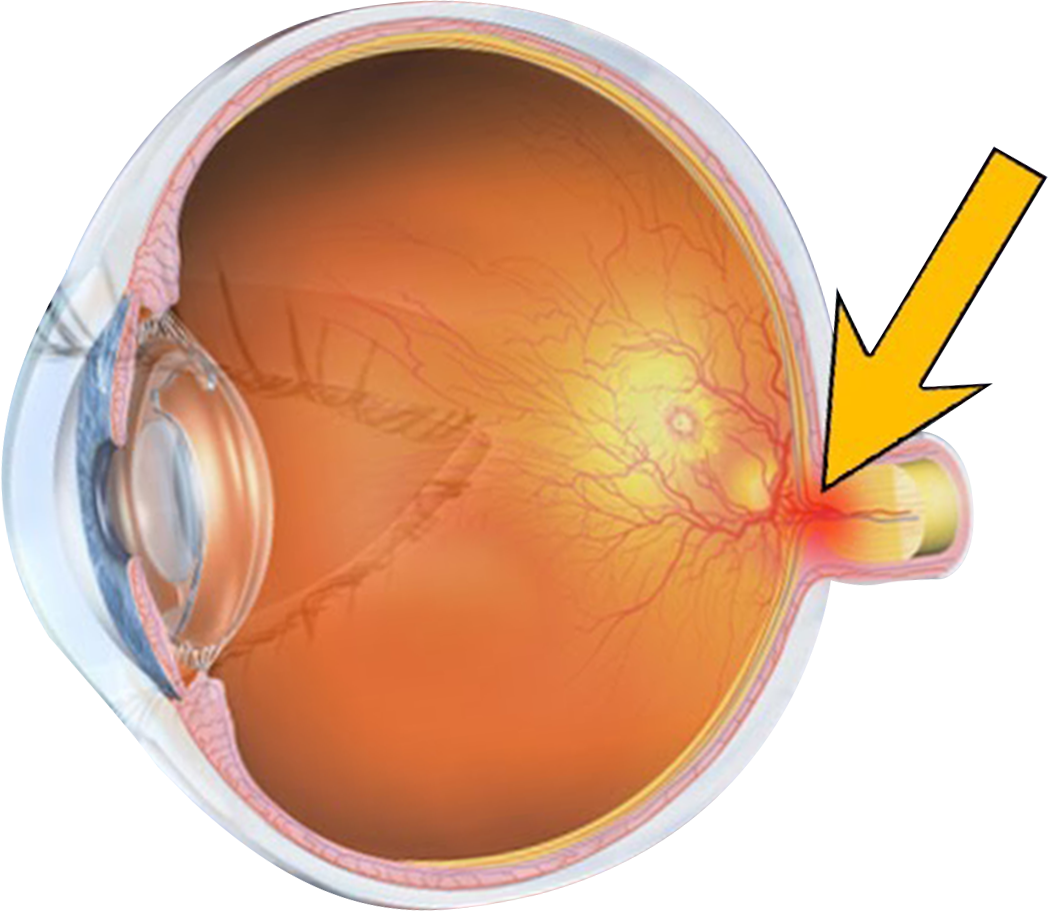Home > Specialties > Glaucoma
Glaucoma
Glaucoma is an eye condition that directly damages the optic nerve (the bundle of nerve fibers that carries information from the eye to the brain). This damage is often caused by an increased pressure in the eye, known as intraocular pressure (IOP). The optic nerve is crucial for vision, and if it becomes damaged, it can lead to vision loss and blindness.


What Causes Glaucoma?
Our eyes constantly produce a clear fluid called aqueous humor (Fig 1 & Fig 2), which bathes and nourishes different regions of the eye (this is different from tears). Normally the fluid drains out of the eye through a ‘drainage canal’ located in the ‘angle’ of the eye (Fig 2), the junction between the cornea and the iris. In persons with glaucoma, the fluid does not drain out as freely as it should, thus increasing the pressure inside the eye, known as intraocular pressure (IOP).
The optic nerve carries all sensations from the retina to the brain. Raised IOP damages the optic disc (that part of the optic nerve that is inside the eye is called the optic disc).
Glaucoma can sometimes occur with a statistically “normal” IOP. Hence the vulnerability of the optic disc is another factor that needs to be considered. Accordingly, the diagnosis of glaucoma requires more than just the mere measurement of intraocular pressure.
Symptoms of Glaucoma
Glaucoma is known as the “silent thief of sight” because it progresses slowly and without noticeable symptoms in its early stages. However, as the condition advances, symptoms may become more apparent. It’s important to notice symptoms on time, otherwise significant vision loss may happen.
- Loss of peripheral vision
- Tunnel vision (narrowed vision)
- Blurred vision
- Halos around lights
- Headache and eye pain
- Changes in eye color
- Red eyes
Types of Glaucoma
- Open-angle glaucoma – This is the most common form. The drainage angle where the iris meets the cornea is open, but the trabecular meshwork (the drainage system within the eye) becomes less efficient over time, leading to an increase in intraocular pressure.
- Angle-closure glaucoma – In this type, the drainage angle between the iris and cornea is closed or blocked, causing a sudden increase in intraocular pressure. This is considered a medical emergency.
- Normal-Tension Glaucoma (NTG): In Normal Tension Glaucoma, optic nerve damage and vision loss occur despite normal intraocular pressure. The exact cause of this type is not fully understood, but factors such as reduced blood flow to the optic nerve may play a major role.
- Secondary Glaucoma: Secondary glaucoma can be caused by eye injuries, inflammation, tumors, or other conditions that affect fluid drainage from the eye.
- Pigmentary Glaucoma: Pigmentary Glaucoma occurs when pigment granules from the iris build up in the drainage channels of the eye, which leads to increased intraocular pressure and optic nerve damage.
- Exfoliative Glaucoma: This type is associated with the shedding of material from the outer layer of the lens. The material can block the drainage angle, leading to increased intraocular pressure.
- Congenital Glaucoma: This rare form of glaucoma is present at birth and is usually caused by an abnormal development of the eye’s drainage system. It requires prompt medical attention.
Modern Eye Care Hospital is a Center of Excellence for Eye Surgeries in Bihar
Address
Mogalkuan – Rahui Road 700m from, Basar Bigha Rd, Sohsarai, Bihar Sharif, Distt Nalanda, Bihar 803118
Call Us
(+91) 9308462602
Mail us
moderneyecare.in@gmail.com
